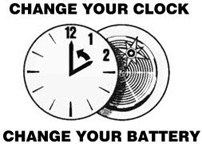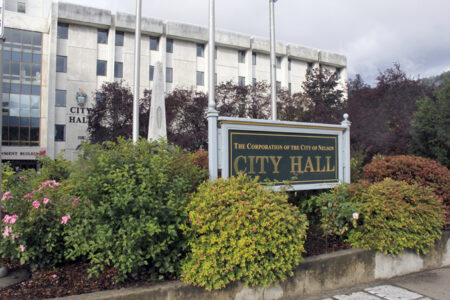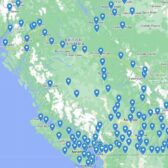Don't forget to fall back Sunday at 2 a.m. when Daylight Savings Time ends
It’s time to change those clocks in the house back one hour.
Daylight savings time concluded Sunday morning at 2 a.m. when people set their clocks back one hour to return to standard time.
In most of Canada, Daylight Saving Time begins at 2 a.m. local time on the second Sunday in March, returning to standard time the first Sunday in November — that is, except for some farming communities in B.C., including Creston.
In Canada, the National Research Council is the federal agency responsible for official time. Metrologists in the Frequency and Time Group at the Institute for National Measurement Standards work to satisfy the requirements for time at all levels of precision.
The NRC clocks are used in conjunction with atomic clocks in the time laboratories of other countries to construct the internationally accepted scale of time, UTC (Coordinated Universal Time), which is now the reference for the official time used by all countries.
UTC is the modern implementation of Greenwich mean time, incorporating the unequalled stability of atomic clocks. UTC is kept within a second of the time kept by the vastly more irregular rotation of the Earth by the use of a leap second, if required, at 00:00 UTC Jan. 1 or July 1.
Coordinated Universal Time is the reference time scale derived from The Temps Atomique International (TAI) calculated by the Bureau International des Poids et Mesures (BIPM) using a worldwide network of atomic clocks. UTC differs from TAI by an integer number of seconds.
UT1 is the time scale based on the observation of the Earth’s rotation. The various irregular fluctuations progressively detected in the rotation rate of the Earth led in 1972 to the replacement of UT1 as the reference time scale.
However, it was desired by the scientific community to maintain the difference UT1-UTC smaller than 0.9 second to ensure agreement between the physical and astronomical time scales, by the introduction of leap seconds.
The value DUT1 is the predicted difference UT1-UTC. It has a resolution of 0.1 second.
Source: National Research Council



























